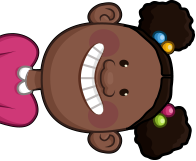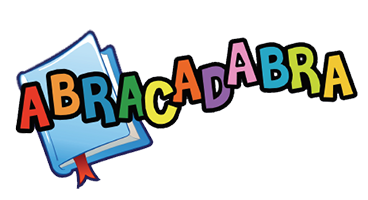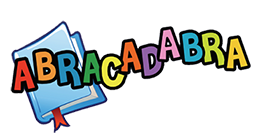ABRACADABRA, A Balanced Reading Approach for Children Always Designed to Achieve Best Results for All, is a highly interactive, early literacy web-based tool that supports beginning readers through 33 engaging activities linked to 20 stories of different kinds.
Interested or want to learn more?
What Is ABRA?
ABRA is a set of engaging, interactive activities designed to build early literacy skills in alphabetics, fluency, comprehension, and writing. Aimed at beginning readers, ABRA builds on the best available evidence for effective teaching of literacy skills. The tool draws on recommendations from the National Reading Panel and other literacy experts to present a balanced program of instruction. ABRA users can also access READS, a digital repository of over 700 free digital stories in 32 different languages. These stories have been catalogued by theme, genre, reading level, country of origin, format, and language.

How Does It Work?
ABRA uses a highly-interactive format to engage children in activities that develop foundational literacy skills. These activities are based on the best available evidence for teaching literacy skills and include a balance between alphabetics, fluency, comprehension and writing.
Empirical studies show that ABRA is highly effective. When used regularly in the classroom, students perform at a higher level on a number of reading-related skills as compared to students who don't use the tool.
33
ACTIVITIES
20
STORIES
17
STUDIES

Where Is It Used?
Over years ABRA has been used by thousands of students from countries around the world including: Australia, Bangladesh, Canada, China, Kenya, Rwanda, the United Kingdom and more.
A Balanced Literacy Approach
ABRA activities support four key literacy skills: alphabetics, fluency, comprehension, and writing. These skills have been identified by researchers, including the National Reading Panel, as being foundational for success in literacy.
A Balanced Literacy Approach
ABRA activities support four key literacy skills: alphabetics, fluency, comprehension, and writing. These skills have been identified by researchers, including the National Reading Panel, as being foundational for success in literacy.
To learn more, select an item on the left selector to continue.
Alphabetics
This skill refers to the ability to associate sounds with letters and then to use those sounds to create words. Children need frequent opportunities to practice sounds and words in order to make gains in fluency and comprehension as well.
ABRA offers 17 activities for practicing important alphabetic subskills such as syllable counting, auditory blending, rhyme matching, letter sound search, and auditory segmenting.
Fluency
This skill refers to the ability to read a text out loud accurately, at the proper speed, and with expression. Fluent readers are able to decode the words in a text quickly, and thus can concentrate on the meaning. ABRA fluency activities help children recognize high frequency words (those used often in texts), practice reading with expression, and improve their reading accuracy and speed.
Comprehension
This skill targets reading for meaning, i.e. comprehension, which is the goal of learning how to read. ABRA helps children develop comprehension skills through evidence-proven techniques such as sequencing, summarizing, and predicting events in a story as well as responding to questions about a text.
Writing
This skill addresses the use of letters and words to create sentences and texts for others to read, so that children can learn important lessons about communication. ABRA provides activities to help children spell words and write out sentences correctly.
Alphabetics
This skill refers to the ability to associate sounds with letters and then to use those sounds to create words. Children need frequent opportunities to practice sounds and words in order to make gains in fluency and comprehension as well.
ABRA offers 17 activities for practicing important alphabetic subskills such as syllable counting, auditory blending, rhyme matching, letter sound search, and auditory segmenting.
View this Activity ModuleClose this window
Fluency
This skill refers to the ability to read a text out loud accurately, at the proper speed, and with expression. Fluent readers are able to decode the words in a text quickly, and thus can concentrate on the meaning. ABRA fluency activities help children recognize high frequency words (those used often in texts), practice reading with expression, and improve their reading accuracy and speed.
View this Activity ModuleClose this window
Comprehension
This skill targets reading for meaning, i.e. comprehension, which is the goal of learning how to read. ABRA helps children develop comprehension skills through evidence-proven techniques such as sequencing, summarizing, and predicting events in a story as well as responding to questions about a text.
View this Activity ModuleClose this window
Writing
This skill addresses the use of letters and words to create sentences and texts for others to read, so that children can learn important lessons about communication. ABRA provides activities to help children spell words and write out sentences correctly.
View this Activity ModuleClose this window


